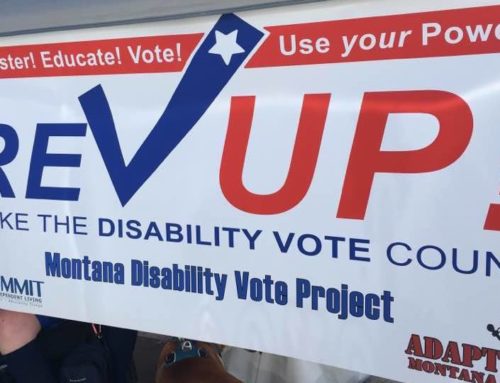The Americans with Disabilities Act (ADA) is the most comprehensive civil rights law protecting people with disabilities.
The ADA prohibits discrimination in:
- Title I: Employment
- Title II: State and local government
- Title III: Privately owned businesses
- Title IV: Telecommunications
- Title V: Miscellaneous Provisions
Since the ADA’s passage in 1990, people with disabilities have gained access to a wider variety of services, programs and activities across America. A 1996 poll of 1,330 individuals from 48 states conducted by the United Cerebral Palsy Association found that:
- 96 percent of the respondents said that the ADA has made a difference in the lives of people with disabilities;
- 81 percent said that the ADA had made a difference in their own lives;
- 57 percent stated the ADA has resulted in better access to buildings; and
- 46 percent reported greater inclusion of people with disabilities in the community.
However, 75 percent of respondents identified employment as the area where they have observed the least change. Over a decade later, in 2007, the employment rate of people with disabilities was approximately 30%, compared to 75-80% for people without disabilities.
Each of our newsletters in 2010 will provide you with snippets of information about the ADA as we celebrate the law’s 20th anniversary.




